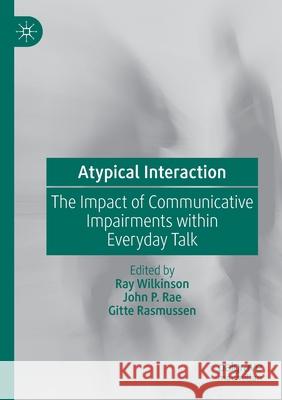Atypical Interaction: The Impact of Communicative Impairments Within Everyday Talk » książka
topmenu
Atypical Interaction: The Impact of Communicative Impairments Within Everyday Talk
ISBN-13: 9783030288013 / Angielski / Miękka / 2021 / 470 str.
Atypical Interaction: The Impact of Communicative Impairments Within Everyday Talk
ISBN-13: 9783030288013 / Angielski / Miękka / 2021 / 470 str.
cena 653,90 zł
(netto: 622,76 VAT: 5%)
Najniższa cena z 30 dni: 650,86 zł
(netto: 622,76 VAT: 5%)
Najniższa cena z 30 dni: 650,86 zł
Termin realizacji zamówienia:
ok. 20 dni roboczych.
ok. 20 dni roboczych.
Darmowa dostawa!
Kategorie:
Kategorie BISAC:
Wydawca:
Palgrave MacMillan
Język:
Angielski
ISBN-13:
9783030288013
Rok wydania:
2021
Wydanie:
2020
Ilość stron:
470
Waga:
0.64 kg
Wymiary:
21.01 x 14.81 x 2.82
Oprawa:
Miękka
Wolumenów:
01
Dodatkowe informacje:
Wydanie ilustrowane











